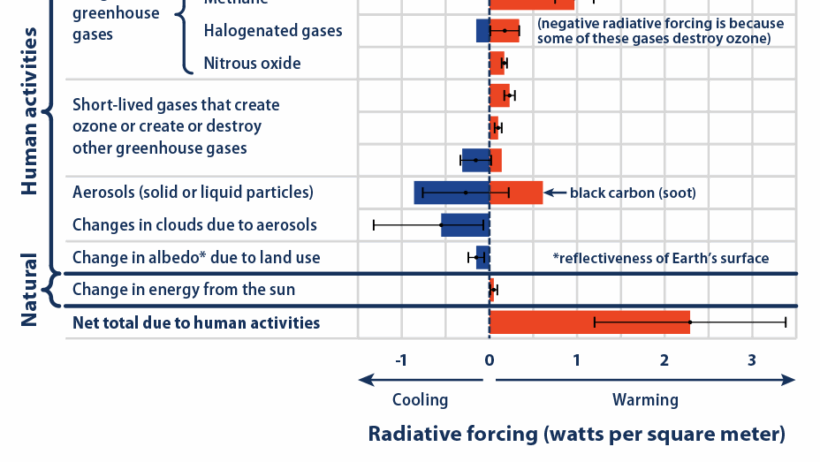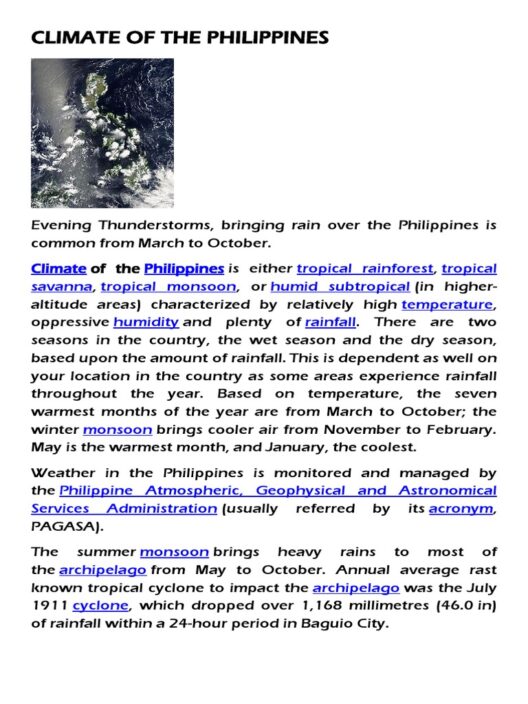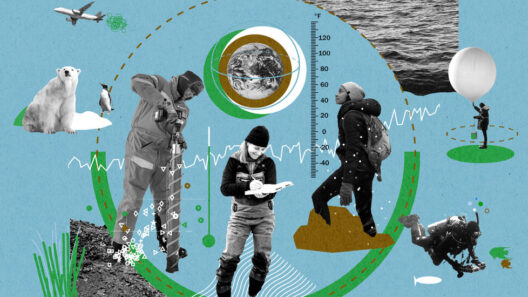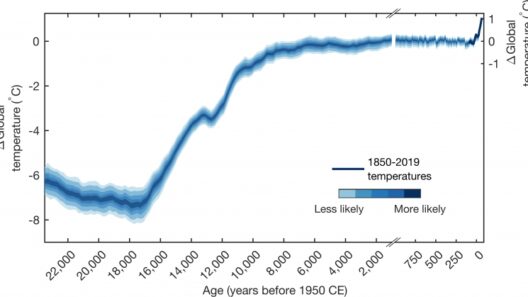As the planet warms, a challenging question arises: what happens when the places we call home become uninhabitable? This is the reality many are facing as climate change drives people from their ancestral lands. The phenomenon of climate migration is rapidly rising as a consequence of global warming, leading to a pressing humanitarian crisis that transcends borders.
Climate migration refers to the movement of people due to the adverse effects of climate change, including extreme weather events, rising sea levels, and shifts in agricultural productivity. As once fertile lands turn arid and coastal cities become submerged, entire communities are left with no option but to relocate. This reality introduces a plethora of challenges, not only for those forced to migrate but also for the regions and countries that receive them.
One of the most alarming aspects of climate migration is the projected scale of the issue. According to various studies, the International Organization for Migration forecasts that, by 2050, over 200 million people could be displaced due to climate-related factors. This mass movement of people poses a monumental challenge for national governments and international organizations, requiring urgent action and strategic planning.
Extreme weather events serve as immediate catalysts for migration. Hurricanes, floods, and wildfires are becoming increasingly frequent and intense, often devastating communities in their wake. Consider the havoc wrought by Hurricane Katrina in 2005; it left thousands without homes and disrupted countless lives. The displaced were forced to seek refuge elsewhere, illustrating how such climatic events can decimate local populations and lead to mass relocations.
Moreover, rising sea levels due to melting polar ice caps are rendering coastal regions vulnerable. Island nations, such as the Maldives and Tuvalu, are facing existential threats as water encroaches upon their shores. In such scenarios, residents have little choice but to abandon their homes, leading to the paradox of nations becoming uninhabitable. Where will these individuals go? The answer is a mix of migration to urban centers or even foreign countries, each presenting unique challenges.
Inland areas are not immune to the impacts of climate change either. Droughts and shifting weather patterns are jeopardizing agricultural livelihoods, particularly in developing countries. Farmers relying on predictable seasons are increasingly finding it impossible to sustain their crops. Consequently, families abandon rural life in search of better opportunities, resulting in urban overcrowding. Cities are already grappling with infrastructure issues, and an influx of climate migrants exacerbates these challenges, straining resources, housing, healthcare, and employment opportunities.
The economic implications of climate migration are significant. Regions receiving large numbers of migrants may initially benefit from an influx of labor, yet the abrupt population changes can cause tensions over job availability and resource allocation. Host communities may experience a clash of cultures, leading to social fragmentation and, in some cases, xenophobia. Therefore, the integration of climate migrants into new environments requires comprehensive policies to foster cohesion and coexistence.
On an international scale, establishing legal frameworks to protect climate migrants remains a contentious topic. Currently, there are few formal legal provisions for individuals displaced specifically due to climate change. The 1951 Refugee Convention does not encompass those fleeing environmental degradation, thus leaving many vulnerable individuals without rights or protections. Addressing this gap necessitates concerted efforts from governments and intergovernmental organizations to enshrine climate migration within legal statutes.
Countries must also collaborate on a global level to implement adaptive strategies. This can include financial assistance for communities most affected by climate change or fostering technology transfer to build resilience in vulnerable regions. Countries that contribute most to greenhouse gas emissions have a moral obligation to assist those who are disproportionately affected, often without the resources to adapt. Furthermore, investing in sustainable development can help mitigate some drivers of migration, making regions more resilient to climate stressors.
Education is another crucial element in addressing climate migration. As awareness grows, younger generations can be empowered to advocate for sustainable practices in their communities. By fostering a sense of stewardship over the environment, future leaders may prioritize long-term solutions beneficial to both local and global communities. In this regard, initiatives that incorporate climate education into school curriculums can stimulate informed discussions about the impacts of climate change and migration.
Finally, the role of the private sector in addressing climate migration should not be overlooked. Companies are increasingly recognizing the importance of sustainable practices. They can contribute significantly by investing in technologies that reduce emissions and promote climate resilience. Furthermore, businesses can also play a vital role in providing job opportunities for climate migrants, assisting them in navigating their new environments and integrating into the local economy.
In conclusion, climate migration presents a multifaceted challenge that requires immediate and sustained action. As the effects of climate change become more pronounced, understanding the implications surrounding this issue is vital. Without concerted global efforts to tackle the root causes of climate change and comprehensive strategies to address the needs of climate migrants, the future could lead to unprecedented displacement, conflict, and suffering. To avert this crisis, stakeholders at all levels must collaborate to develop innovative solutions that prioritize both environmental sustainability and human rights.








